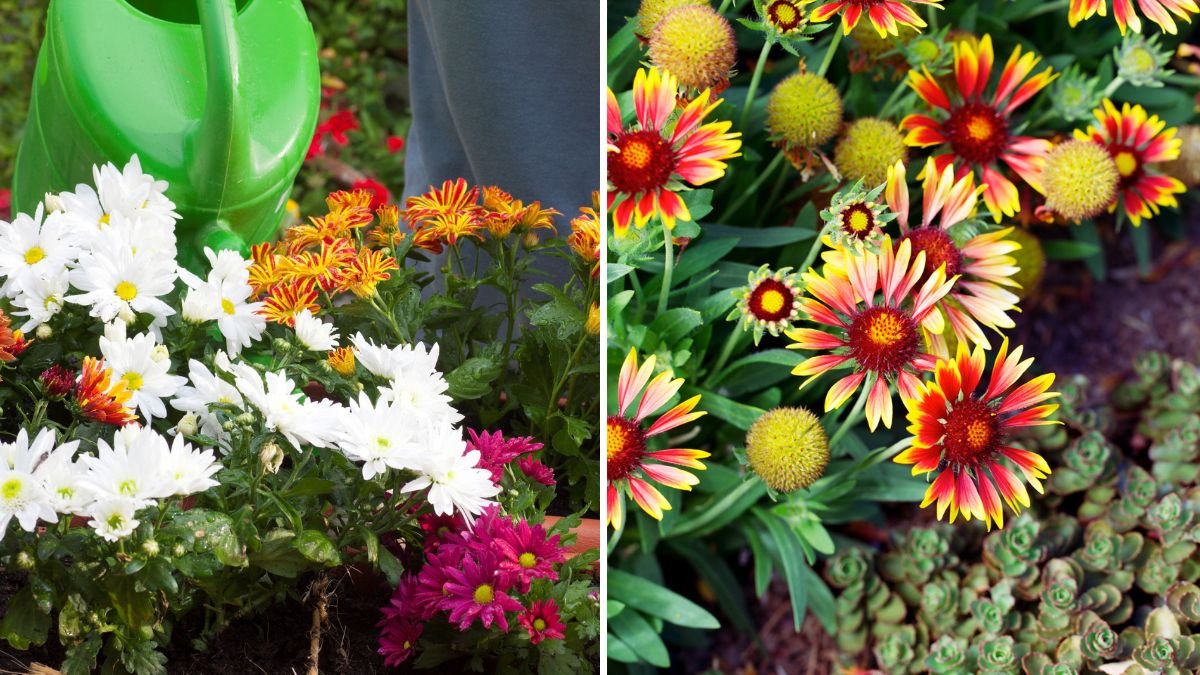Water is essential for plant growth, but too much of it can be just as harmful as too little. Overwatering is one of the most common mistakes gardeners make, leading to root rot, stunted growth, fungal diseases, and even plant death. Some flowers are particularly sensitive to excessive moisture, especially those adapted to well-drained soils or drier climates.
Understanding which flowers are prone to overwatering and learning proper watering techniques can save your garden from unnecessary loss. This article explores six flowers you should never overwater, the signs of overwatering, and strategies for keeping them healthy and vibrant.
1. Lavender (Lavandula)
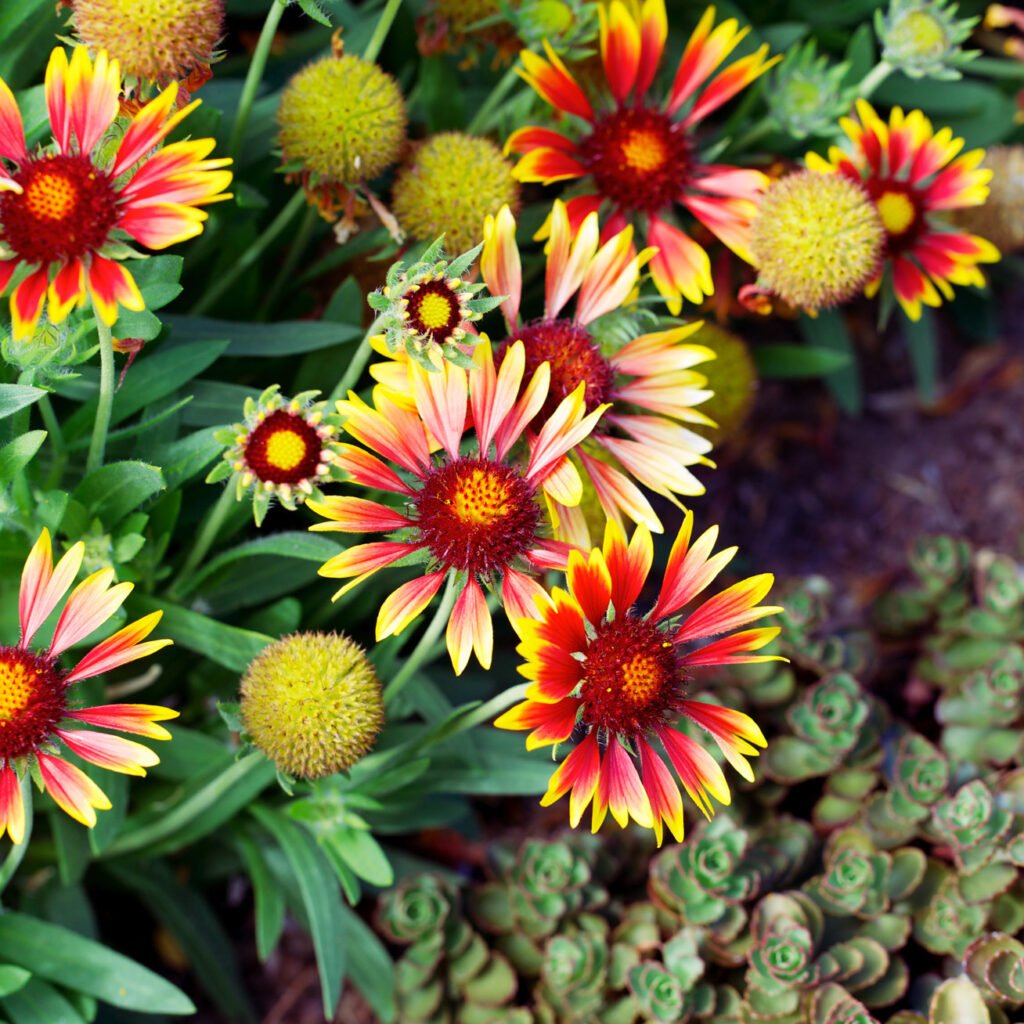
Why Overwatering Is Harmful
Lavender is a drought-tolerant perennial native to the Mediterranean, thriving in well-drained, sandy soil. Excess water saturates the roots, depriving them of oxygen and encouraging fungal growth.
Effects of Overwatering
- Yellowing or wilting leaves despite moist soil.
- Root rot, causing plants to decline rapidly.
- Reduced fragrance and flowering.
Watering Tips
- Water deeply but infrequently, allowing soil to dry completely between watering.
- Plant in pots with excellent drainage or in raised garden beds.
- Avoid wetting foliage to reduce fungal risk.
2. Succulents and Cacti (e.g., Echeveria, Sedum, Opuntia)
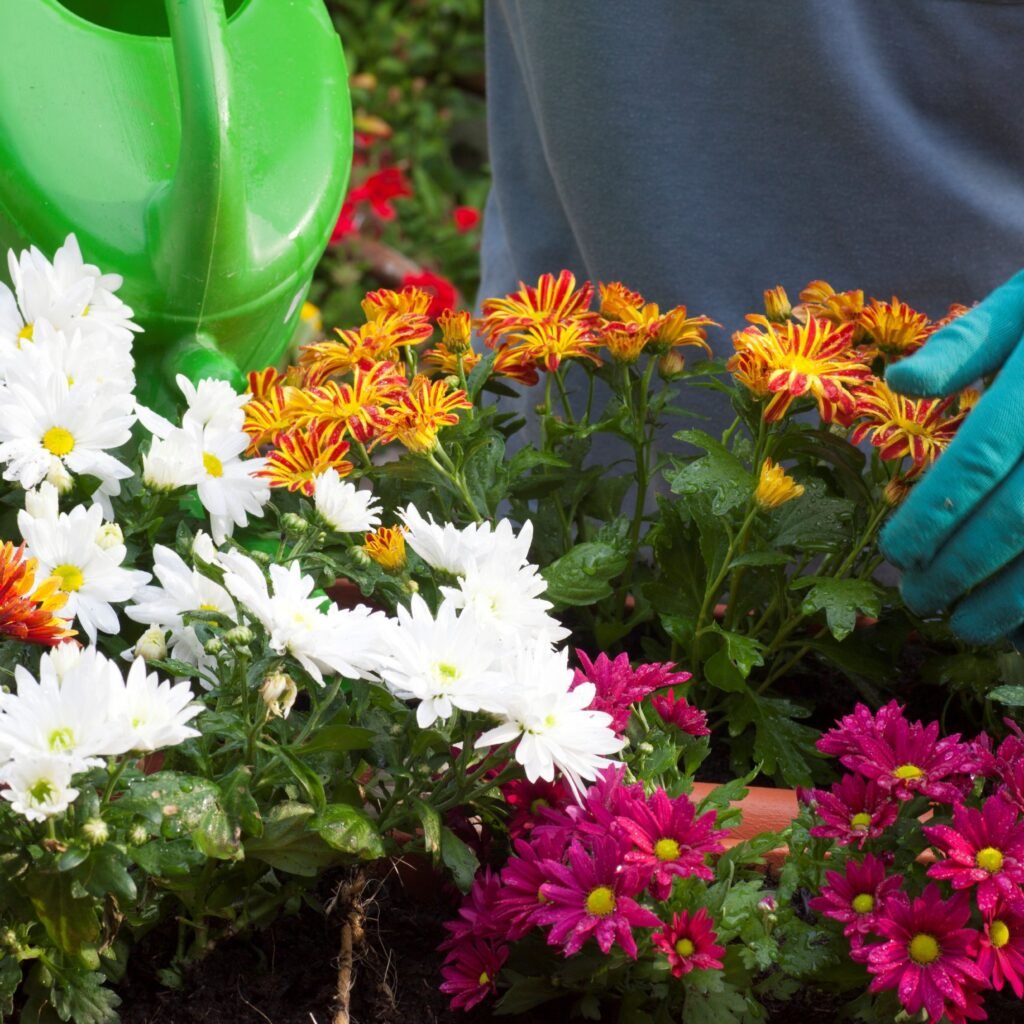
Why Overwatering Is Harmful
Succulents and cacti store water in their leaves or stems and are adapted to arid conditions. Excess moisture causes their tissues to swell and rupture, promoting root rot.
Effects of Overwatering
- Leaves become soft, translucent, or mushy.
- Rot spreads quickly from roots to stems.
- Plants may collapse entirely if left in soggy soil.
Watering Tips
- Water only when the soil is completely dry, typically every 2–3 weeks depending on climate.
- Use gritty, fast-draining soil with pots that have drainage holes.
- Avoid letting water sit in trays beneath pots.
3. Geraniums (Pelargonium)
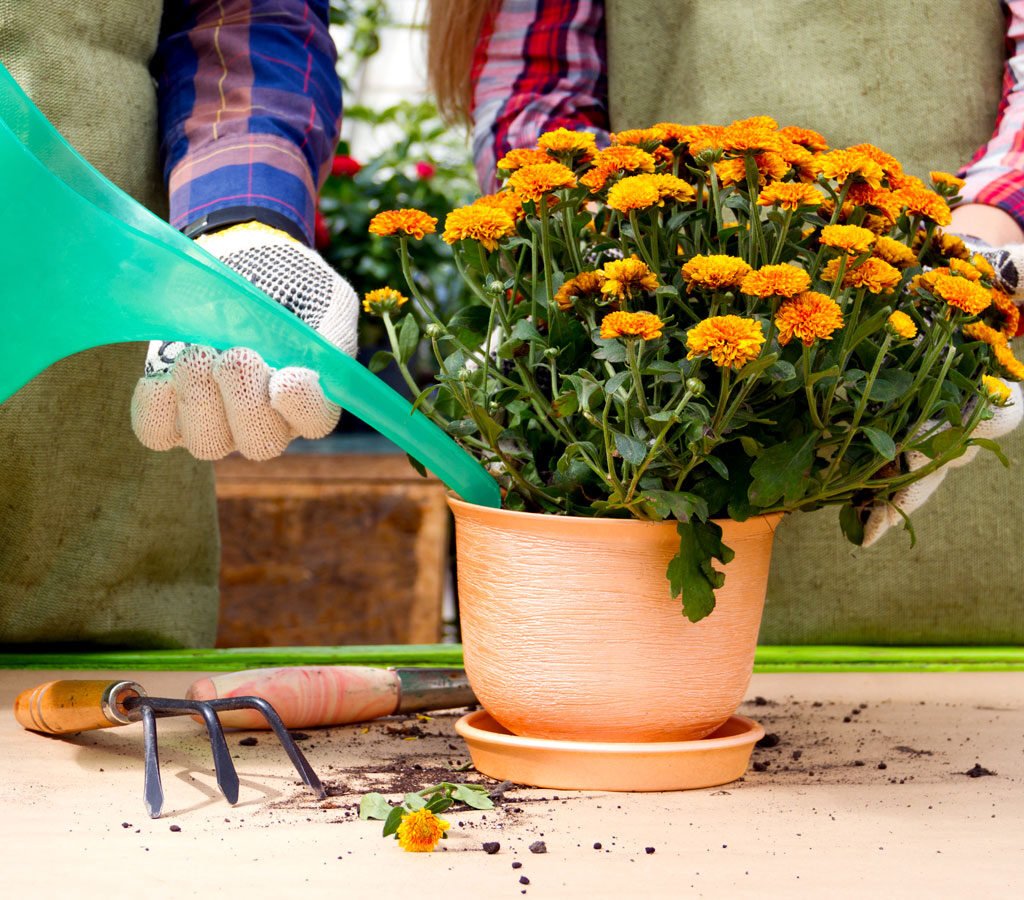
Why Overwatering Is Harmful
Geraniums prefer moderate watering and well-drained soil. Overwatering encourages fungal diseases such as root rot and leaf spot, which can quickly kill the plant.
Effects of Overwatering
- Yellowing lower leaves and wilting.
- Blackened stems or root decay.
- Reduced flowering and leggy growth.
Watering Tips
- Allow the top inch of soil to dry before watering.
- Water at the base to keep foliage dry.
- Container-grown geraniums require less frequent watering than in-ground plants.
4. Peonies (Paeonia)
Why Overwatering Is Harmful
Peonies are deep-rooted perennials that thrive in well-draining garden beds. Waterlogged soil can suffocate roots and increase the risk of crown rot, particularly in clay-heavy soils.
Effects of Overwatering
- Yellowing or drooping leaves.
- Foul-smelling or soft crowns.
- Poor flowering or no blooms at all.
Watering Tips
- Water deeply but sparingly, especially during dry spells.
- Mulch to retain moisture without creating soggy conditions.
- Ensure beds are elevated or amended with organic matter for proper drainage.
5. Dahlias
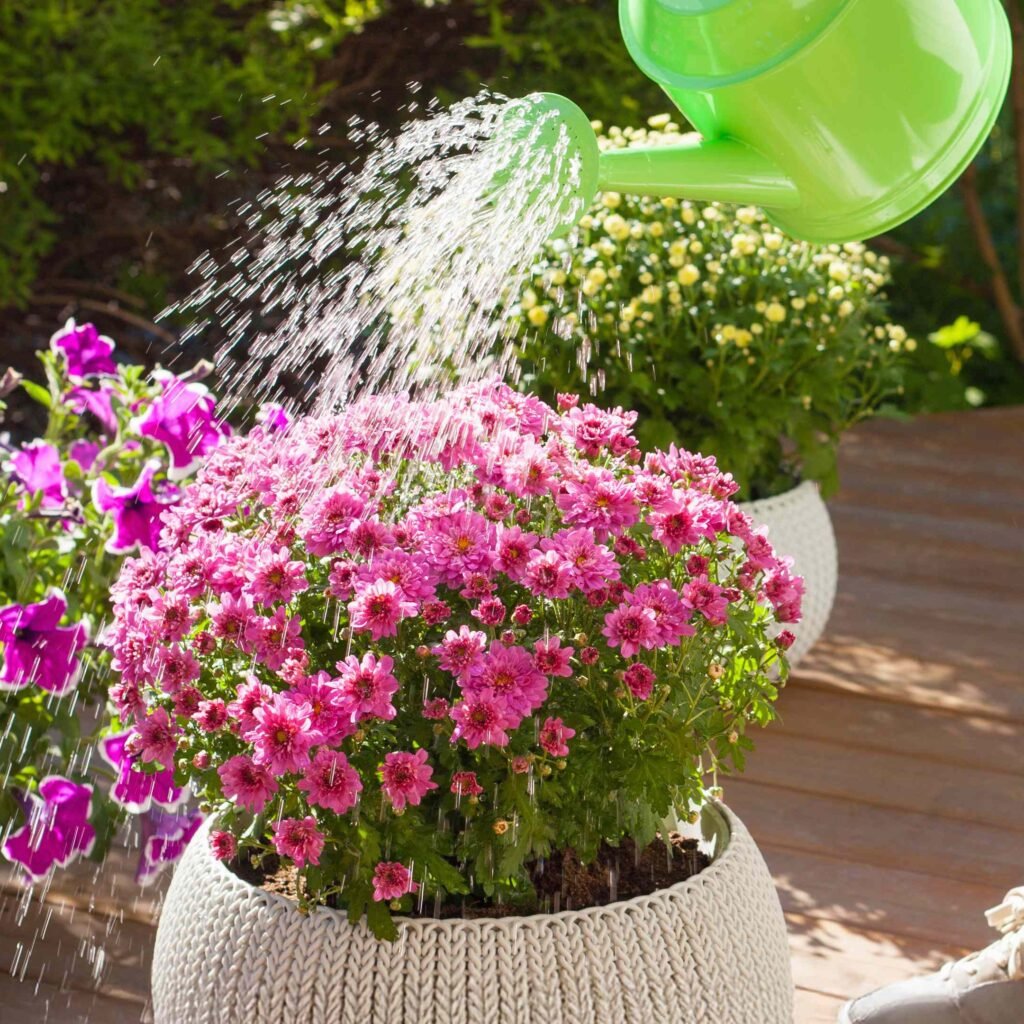
Why Overwatering Is Harmful
Dahlias grow from tubers that are susceptible to rot in waterlogged conditions. Overwatering in early spring or during active growth can kill tubers before they sprout or bloom.
Effects of Overwatering
- Tubers become soft, brown, and mushy.
- Foliage may wilt or yellow despite wet soil.
- Flowers are reduced or fail to appear.
Watering Tips
- Start with light watering when shoots emerge.
- Increase watering gradually as plants grow, but allow soil to dry slightly between waterings.
- Avoid heavy watering immediately after planting tubers.
6. Crocus and Other Spring-Flowering Bulbs
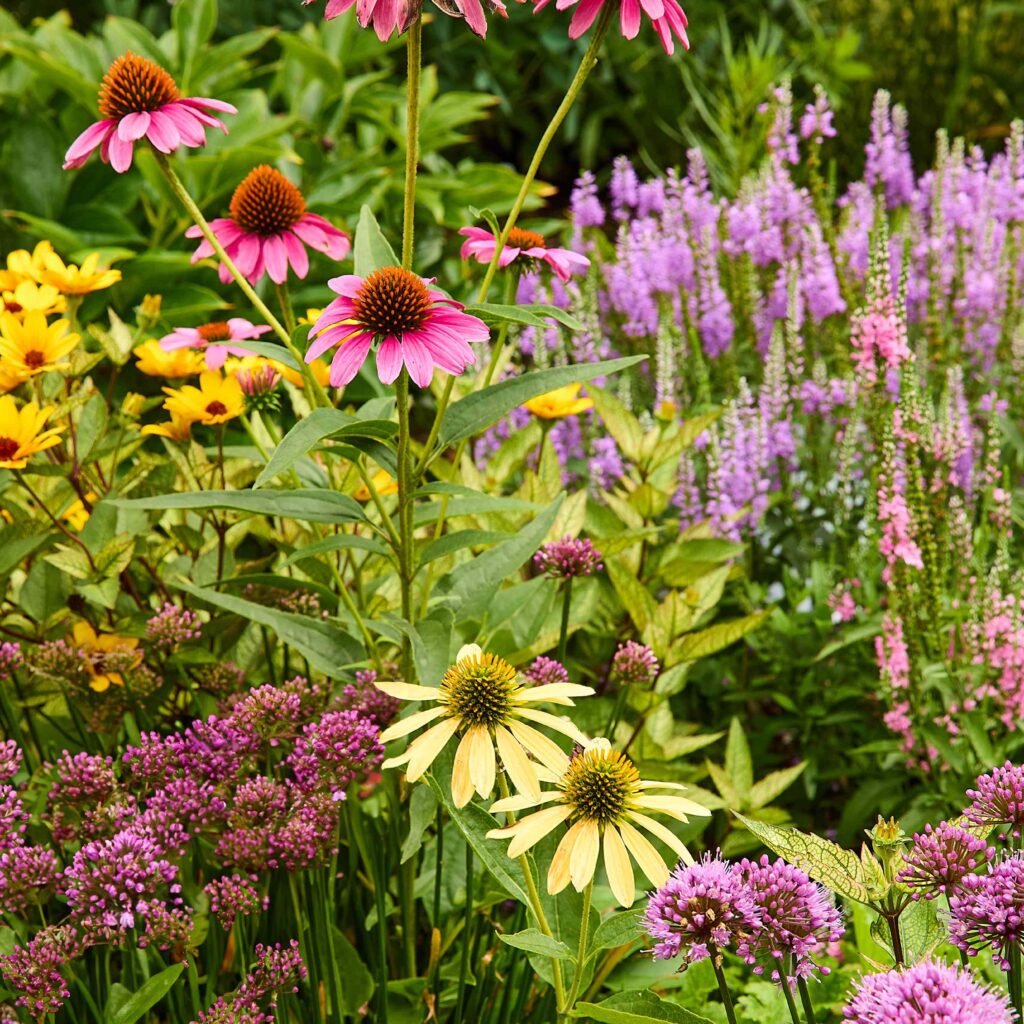
Why Overwatering Is Harmful
Crocus, tulips, and daffodils are spring-blooming bulbs that store energy in underground structures. Excessive moisture during dormant or growth periods can lead to bulb rot.
Effects of Overwatering
- Bulbs may become soft and shriveled.
- Flowers fail to emerge or are small and weak.
- Dormant bulbs in containers or poorly drained soil are at high risk.
Watering Tips
- Water only when soil is dry during dormancy.
- Ensure excellent drainage in pots or garden beds.
- Avoid watering foliage directly; focus on the base and roots.
Signs of Overwatering in Flowers
- Yellowing Leaves: Leaves turn yellow even when soil is wet.
- Wilting: Plants appear droopy despite moist soil.
- Soft or Mushy Stems/Roots: Indicates rot developing at the base.
- Fungal Growth: White powdery mildew, mold, or blackened roots.
- Poor Flowering: Reduced or absent blooms.
Recognizing these signs early allows gardeners to adjust watering practices before permanent damage occurs.
Best Practices for Watering Sensitive Flowers
- Check Soil Moisture: Stick your finger 1–2 inches into soil; water only if dry.
- Use Well-Draining Soil: Amend heavy clay or garden soil with sand, perlite, or organic matter.
- Choose Proper Containers: Pots should have drainage holes to prevent waterlogging.
- Water at the Base: Keep leaves dry to prevent fungal diseases.
- Adjust According to Season: Reduce watering in cooler months or during dormancy.
- Mulch Wisely: Mulch helps retain moisture but avoid creating soggy conditions.
Conclusion
While all flowers need water to thrive, some species are particularly sensitive to overwatering. Knowing which flowers to treat cautiously can prevent root rot, fungal diseases, and poor flowering. The six flowers you should never overwater are:
- Lavender – drought-tolerant and thrives in dry, well-drained soil.
- Succulents and Cacti – store water in leaves and stems; prone to root rot.
- Geraniums – moderate watering; susceptible to fungal diseases.
- Peonies – deep-rooted; overwatering encourages crown rot.
- Dahlias – tubers rot easily in soggy soil.
- Crocus and Spring Bulbs – excess moisture causes bulb rot.
By providing the right amount of water, ensuring proper drainage, and observing plant health, gardeners can keep these sensitive flowers healthy, vibrant, and blooming abundantly. Overwatering is avoidable with knowledge, observation, and proper garden management, ensuring a thriving and beautiful floral display year after year.
